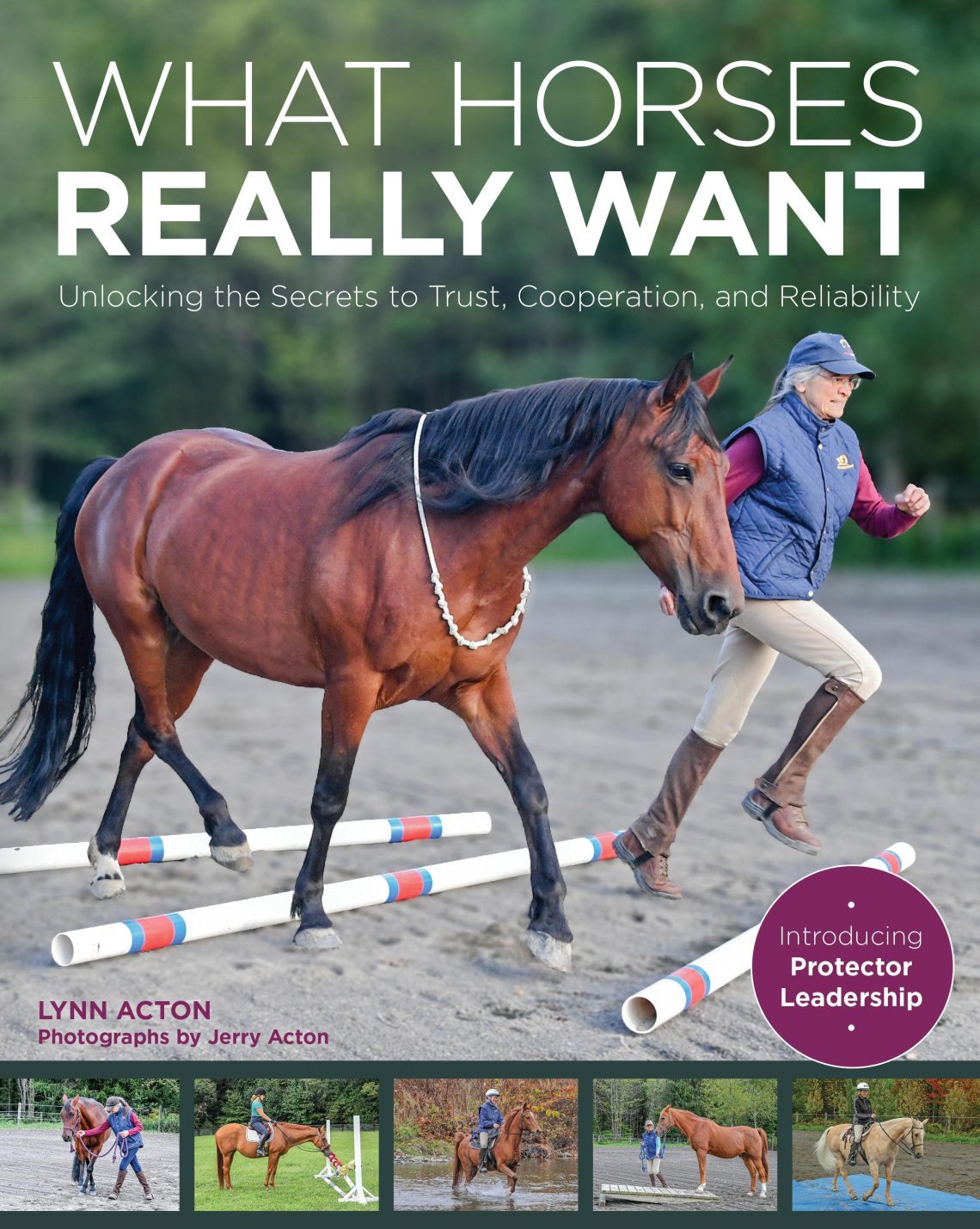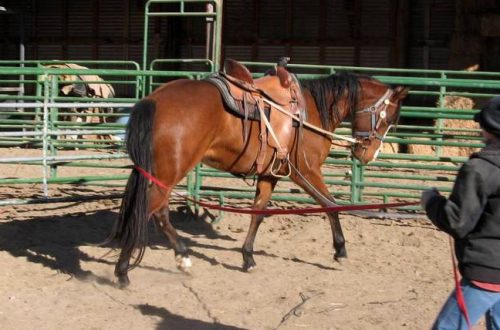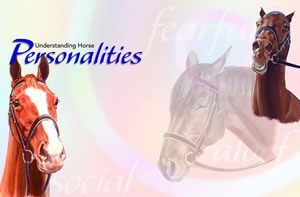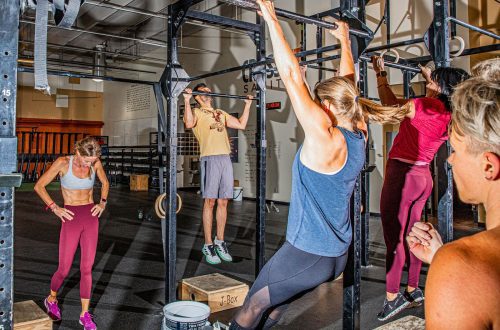
10 Ways to Build Rider Confidence in Your Horse
10 Ways to Build Rider Confidence in Your Horse
Distrust is a widespread phenomenon in all kinds of relationships, including the relationship of a horse and a person. Horses learn to anticipate, resist, ignore or become defiant bordering on aggression when they don’t have confidence in the rider. Of course, their distrust can be masked by such manifestations as fearfulness, sensitivity, phlegm, tightness, impulsiveness, etc. The list goes on and on. But we should not forget that we also lose confidence in our horse. Unfortunately, for us, the only way to restore our own confidence in a horse is to learn to trust it, and not to look for a new horse. There are horses that no doubt help us regain confidence, but the results are often short-lived. Later, if we don’t pay attention to building trust, old problems will resurface. I’m not a big fan of any particular rigid system, so I’ll just share with you ten ways you can use as you work to rebuild trust, in any order you choose.
1. Personal responsibility
It is very easy to blame a silent horse: to reward it with any epithets, to hang labels. So you shift the responsibility from your shoulders to her. How many times have you heard from other riders, and from yourself, that a horse is just “lazy”, “stubborn”, “shy”, “difficult”, etc.? Every time you characterize your horse in one way or another, you immediately absolve yourself of responsibility and emphasize the fact that you do not play any role in solving the problems that you encounter. “I can’t do…because my horse…”. Try giving your horse an endearing name, describing it the way you would like it to be. It’s really hard to pet a horse when you’re mad at it. But it will help rewire your thinking. To remove responsibility from the horse in your eyes. It’s a psychological trick that works. Thus, you will start looking for a problem other than the horse.
2. Recognizing your weaknesses
Like our horses, we all have weaknesses – physical, psychological or emotional. Even successful top riders have weaknesses. But they are not visible to the viewer. When we try to ignore or ignore our weaknesses, we kill our last chance to fix them. Create a block between us and the horse. The horse feels all these shortcomings and sometimes, like a mirror, reflects them on us. We may have trouble getting into the trot, or we just don’t like to work in that gait and wonder why our horse doesn’t like to trot.
You can work on your weaknesses at the same time and in a context with your horse. Take a sheet of paper and a pen, draw two columns, one for yourself and one for the horse. Now start listing the weaknesses you think your horse has. This can be one-sided development of muscles (one-sided horse), emphasis on the rein, etc. Psychological shortcomings may consist in a slow reaction to the message or, conversely, in excessive impulsiveness. Emotional weaknesses can be described, for example, as “afraid of being alone in the paddock” or “nervous in the horse transport”. Then go through the list and find similar weaknesses in yourself. “Afraid of being alone in the paddock” may correspond in your case to “afraid of being alone in the arena, without a coach.” Be honest with yourself. Open up as much as possible. By understanding your horse’s problems and yours, you can build mutual trust as you begin to address these issues together.
3. Revise your relationship
Sometimes there comes a point in our lives when we stop being sure if the relationship is really that good. The understanding comes that someone is using us, someone needs us only when he or she feels bad, someone is driven by selfish motives, someone trying to manipulate us. The same can happen in our relationship with the horse. Think about the reasons that lead you to a horse.
Do you have a sense of duty, do you force yourself to go to the horse, train, participate in competitions. Would you like to change something? Are you tired? Sometimes riders come to the sad conclusion that horseback riding means something completely different to them than it did a couple of years ago. And perhaps you should stop classes, take a break or change your specialization. This kind of satiety does not build your confidence in the horse.
4. Create Healthy Boundaries
How do you feel about people who, in dealing with you, do not see the boundaries of your personal space? Do you trust them right away and let them get close or, on the contrary, build a wall? Many prefer to communicate with people who adhere to the boundaries of communication. If a young horse was not initially trained in how it should behave with a person, it will be very difficult to build trust with it later. She will enter your personal space whether you like it or not. The longer you put off teaching your horse the basics of human relationships, the more difficult it will be for you later. But this is a coin with two sides. As you train your horse to respect your boundaries, remember that you will also need to respect him. How to respect the boundaries of the horse? When a horse, for example, is eating or resting, do not bother him, leave him alone. But this does not mean that if you need to catch a horse, you should tolerate his antics. She should not prevent you from putting a halter on her, running away in a stall.
5. Consistency and Consistency
To give an analogy in human relations: we find it difficult to communicate with people whom we do not understand from our point of view, who are inconsistent and constantly change their point of view. It is also difficult for us to recognize and understand people who appear in our lives for a couple of days and then disappear for half a year. The rider may also be incompatible with his horse. He may behave inconsistently, giving conflicting commands. Show up once a week and demand different things each time. It destroys trust. You will trust the horse, knowing his reaction to this or that action. But how do you develop such a reaction if you change the system of communication every time?
6. Help from experienced riders
There are times when our experience becomes insufficient. In the process of building trust with our horse, this can mean going beyond our own narrow vision of the problem. Therefore, it is highly desirable to ask for help from more experienced riders, coaches. The picture can become much clearer.
7. Working with like-minded people
When the riders around you in the arena are aggressive, yelling, whipping, you won’t be able to work on confidence. Choose a time when riders with a more relaxed riding style ride in the arena. This will put you in a positive frame of mind and help keep your horse on track. Watch the stables, choose your company.
8. Reason for doubt
Trust is a very fragile thing. Any doubt can break it. But, on the other hand, you would like to be sure that if you make a mistake, the horse will understand you correctly. You can only trust the horse that trusts you, even if you made a mistake. If, while sitting in the saddle, you accidentally swiped your foot on the croup or lost your balance and did not sit in the saddle the first time, the horse should not panic. Sometimes it’s good to create situations like this on purpose so your horse gets used to it and knows there’s no danger. And you will know that no matter what happens, you will be safe.
9. Punishment for mistakes made or job change?
Often, having realized a mistake, we do not want someone to punish us for it. But we usually punish the horse without even having time to understand the situation. The horse did not enter the barrier – a whip-leg. But maybe she’s tired? Or is she bored? Understand! Follow the progress of your workouts. Understand what the horse is trying to tell you. If you’ve been running on the cavaletti for 20 minutes and the horse is starting to hit them, maybe it’s better to change the exercise, work on the figure eight. Unreasonable punishment will not improve the situation, but will only destroy your mutual trust.
10. Less = more
The less a person talks, the more important his words are. He speaks to the point and only necessary. Make sure every action you take has a purpose. Don’t fill your ride with unnecessary chatter. Listen to the coach, keep quiet. If you need to tell something to your horse using a voice command, he will undoubtedly listen. Less is more, and the more importance you attach to each signal, word, the more trust your horse will have in your actions.
I hope these tips will help you build mutual trust with your pet.
Erica Franz (original material); translation by Valeria Smirnova





